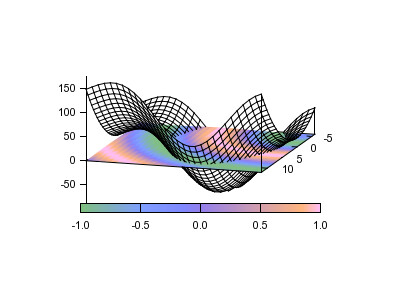

Or you can export the graph to a file in a standard graphics file format, so that you can print it or include it in web pages, documents, or presentations.

There are two ways to save your work in gnuplot: you can save the gnuplot commands used to generate a plot, so that you can regenerate the plot at a later time. Files being loaded may themselves contain load or call commands. Any text file containing valid commands can be created and then executed by the load command. Files created by the save command can later be loaded. The load command executes each line of the specified input file as if it had been typed in interactively. What is the use of load statement in gnuplot? png you want) gnuplot> replot gnuplot> set term x11 You can view it with some viewer, or on a browser, or print it or import it in PowerPoint or whatever you want to do with it. Png output) gnuplot> set output "printme.
#GNUPLOT DOWNLOAD SOFTWARE#
This will launch the software tool so you are ready to set your variables and start plotting. To run GNUPlot, you simply open a terminal, type “gnuplot” and hit enter. It is designed primarily for the visual display of scientific data. It can be used to plot functions and data points in both two- and three- dimensional plots in many different formats. Gnuplot is a command-driven interactive function plotting program. In this method, gnuplot will exit when your script is finished, so you may want to include PAUSE -1 "Hit any key to continue" as your last line.2 What is gnuplot command? Or, from UNIX, run gnuplot by typing gnuplot scriptname. You can run a script two ways: Type load "scriptname" from within gnuplot. The Gnuplot Take File From Command Line issue was overcome by employing a variety of different examples. $ gnuplot -e "filename='foo.data'" foo.plg if (!exists("filename")) filename='default.dat' If (!exists("filename")) filename='default.dat'Īnother approach, which includes several samples of code, can be utilised to resolve the identical problem Gnuplot Take File From Command Line.


 0 kommentar(er)
0 kommentar(er)
